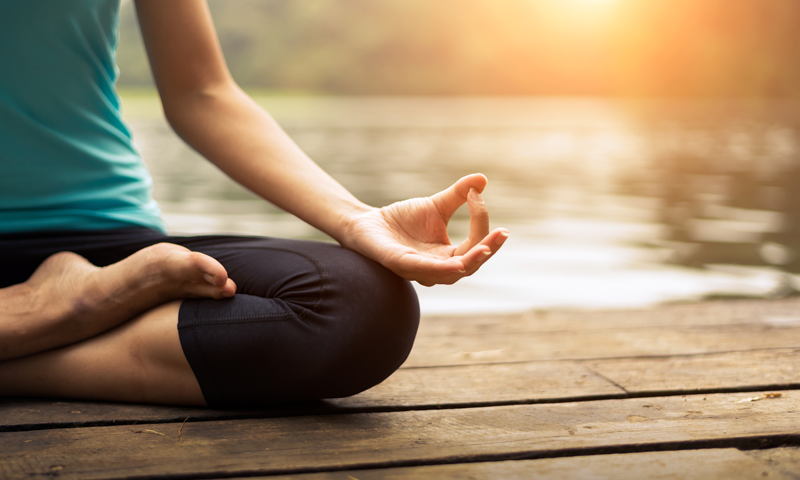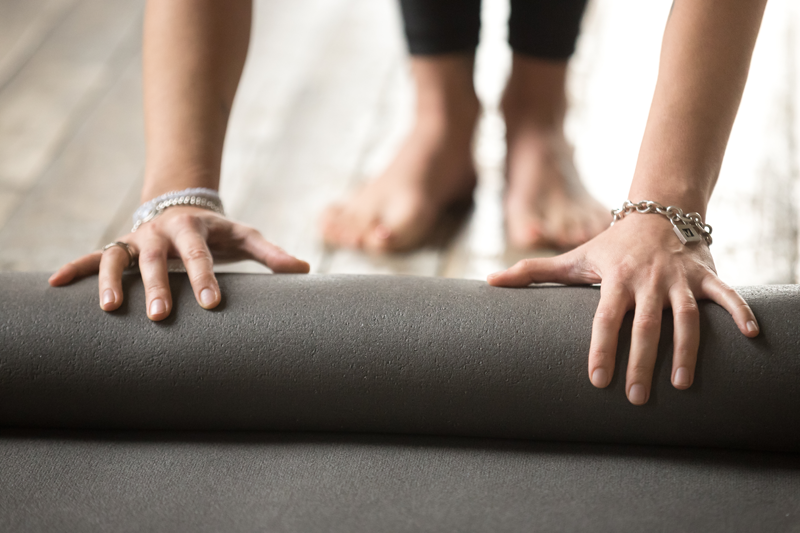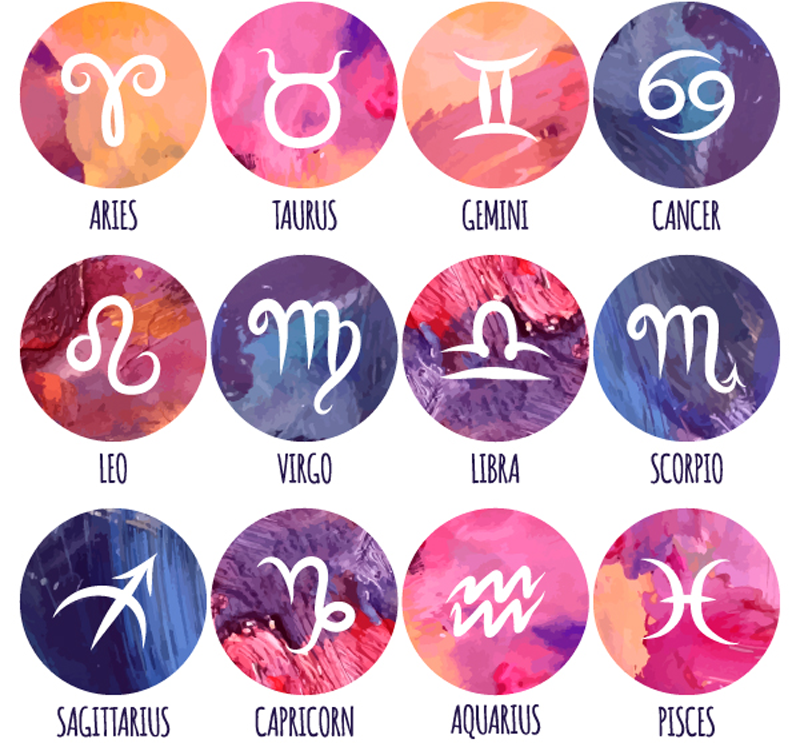
How Can Yoga Help Business Leaders Create a World-Class Product?
September 19, 2019
7 Life-Changing Stories of How Yoga Heals
October 3, 2019What to Expect When Starting Yoga

You’ve taken the leap and signed up for your first yoga class. Now you’re probably wondering what to expect! You might think that everyone will be super bendy and look incredible in their tight-fitting yoga bra; however, that’s totally not true. Yoga classes are filled with a range of different people – from beginners right up to advanced yogis. This means that you’ll be surrounded by practitioners of all sorts, allowing you to fit right into the class. In this article, we explore what to expect when starting yoga.
There are Different Types of Yoga
Before starting yoga, it’s worth remembering that there are several different types. You might attend your first class and not enjoy it. While it may just take you some time to settle in, it could also mean that it’s not the right style for you. There are many different styles of yoga, including Ashtanga, Hatha and Vinyasa Flow. Typically, Ashtanga classes are more physical and active, whereas Hatha classes are gentler and beginner-friendly. Vinyasa Flow falls into the middle and is a combination of yoga and a workout class. If you’re unsure of what you’ll enjoy, try out a few different classes and see which suits.
The Practice Doesn’t Have to be Spiritual
It’s a misconception that yoga has to be spiritual. While yoga derives from the Hindu culture, it’s a secular practice so you don’t need to believe the ancient philosophy to practice it. If you’re open to it, learning about the yogic traditions can take your practice to the next level; however, believing in God certainly isn’t essential to excel in the practice.
Comfortable Clothes are Key
It’s a good idea to wear comfortable clothing for your first yoga session. Women tend to wear yoga pants or leggings with a comfortable yoga bra. If you’d like to cover up a little more, you can also throw on a yoga top or hoodie. it’s best to avoid baggy tops because they will fall over your face and reveal your stomach during certain poses. To avoid this, stick to something a little more fitted or tuck your shirt into your bottoms.
Men tend to wear yoga shorts with a t-shirt or vest. If you’re unsure, wear similar clothing to what you’d wear to the gym. If you’re attending a gentle class like restorative or yin, tracksuit bottoms will be fine. However, if the class is fast-paced you’ll probably feel too hot. In this case, it’s best to stick to fitness or yoga shorts. If you’re not sure whether you’ll get too warm, wear a few different layers. This way, you can remove them/put them back on depending on how warm the studio is.
You Don’t Have to be Flexible
Many people assume you need to be super flexible to practice yoga. Thankfully, this isn’t the case. Yoga is designed to improve your flexibility, but it isn’t needed for you to start the practice. If you can’t stretch into a certain pose, bend as far as you can and hold it there. Don’t try to compete with those around you – there will always be someone more flexible than you! The key is to listen to your body and approach the class with an open mind. You’ll be surprised at how much your flexibility will improve in just a few weeks!

Remember to Breathe
Throughout your yoga class, the instructor will probably remind you to breathe. While breathing may sound obvious, many people hold their breath when concentrating or finding a pose difficult. If possible, try to avoid this. Holding your breath will cause your body to tense up and prevent you from moving further into the pose. Usually, you’ll take a deep breath at the start of the pose and then exhale into it. With each breath out, you can move slightly deeper into the asana. To do this effectively, it’s important to keep breathing throughout the session.
Discomfort is Normal
While pain is a warning sign in yoga, mild discomfort is normal. If you experience sharp pain during a posture, come out of it and rest. Discomfort, on the other hand, feels more like a lingering sensation which may change as you breathe. Only you know your body, so you’ll need to judge whether the sensation is pain or discomfort. Trust your instincts and come out of the asana if it feels wrong.
Take Your Own Mat
While some studios are equipped with mats, others require you to bring your own. If you’re unsure whether you need your own mat, take one with you just in case. That way, you’ll be prepared if the communal mats are unavailable or other people have got to them first! Some yogis prefer to take their own mat anyway – particularly in the winter months. When it’s cold, germs spread like wildfire. To avoid picking up a nasty bug from the yogi before you, take your own mat and practice with peace of mind.
You’ll End with Savasana
Most yoga classes end with Savasana. In Sanskrit, Savasana means ‘Corpse Pose’ and is the final resting posture at the end of a session. The pose is simple to practice and just involves laying on the floor and resting to finish the routine. If possible, don’t get up and leave before or during this final pose. It only lasts around five minutes and is an important part of the class, allowing your body to absorb the benefits of the session. It’s also a great way to wind down before heading home and to learn the basics of meditation.
In Summary
Whether you’re about to attend your first class or you’re thinking of signing up, you’ll now know what to expect when starting yoga. Before your first class, pack your yoga bag with a comfy mat and a fresh bottle of water – then you should be good to go!

